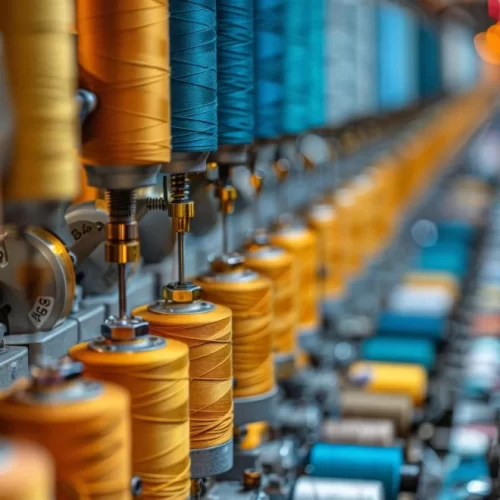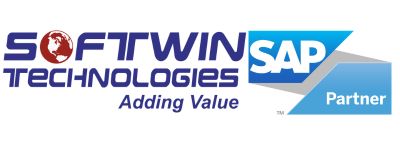Transforming Textiles Innovate with SAP S/4HANA Public Cloud
SAP S/4HANA Public Cloud in the Textile Industry:Find out how SAP S/4HANA Public Cloud from Softwin Technologies changed the textile industry. With smooth integration throughout your manufacturing, distribution, and supply chain, you can optimize processes, increase productivity, and encourage development.
Acquire up-to-date information in real-time to facilitate smart decision-making and provide outstanding customer service by managing orders and providing services with efficiency. Join partners with us to create a textile company that is prepared for the future, one that welcomes digital transformation and opens up fresh growth opportunities.
Textile Industry

Challenges Faced by the Textile Industry
Sustainability and Environmental Impact
The textile industry’s use of chemicals, waste management, and energy and water use are all under increased scrutiny. Sustainable practices and profitability are becoming more and more of a priority.
Growing Costs of Raw Materials
Price fluctuations for raw materials like cotton, polyester, and dyes make cost control and profitability difficult. Obtaining resources that are produced sustainably and ethically increases the complexity.
Global Competition
Textile companies face strong rivalry from throughout the world, especially from low-cost producers in nations with lower labor and manufacturing costs. Price pressure and margin loss are common outcomes of this competition
Maintaining Operational Continuity
During the transition to SAP S/4HANA, maintaining operational continuity is critical to avoid disruptions in daily business activities. Ensuring that the implementation process does not negatively impact production, supply chain, and customer service is a significant challenge.
Data Migration and Integration
Ensuring data accuracy, consistency, and completeness during the migration process is crucial. Additionally, integrating SAP S/4HANA with other existing systems and software used in the textile industry can be complex and time-consuming.
Technological Developments
Staying competitive requires keeping up with the quick speed of developments in technology, such as digitalization, automation, and smart manufacturing. Introducing new technologies calls for a large financial and skill commitment.
Seamless Transformation for the Dairy Industry
The production methods used in textiles can be completely transformed by incorporating modern technologies like AI, IoT, and big data. These technologies improve supply chain management, improve quality control, and allow predictive maintenance. IoT-enabled smart factories can monitor machinery in real-time, decreasing downtime and enhancing output.
Systems for enterprise resource planning (ERP), such as SAP Business One, provide a centralized platform for managing every aspect of the textile manufacturing process. ERP systems ensure accuracy and efficiency by simplifying operations, from order processing to inventory management. Textile companies can lower operating expenses and achieve faster turnaround times by implementing an ERP solution.
Sustainability is becoming a need rather than merely a fad. To lessen its impact on the environment, the textile sector needs to concentrate on sustainable methods. This entails utilizing environmentally friendly products, maximizing the use of energy and water, and reducing waste. Adopting circular economy ideas can improve a brand's reputation and save costs.
It is essential to have an open supply chain to reduce risks and react quickly to changes in the market. Blockchain technology and advanced analytics may offer end-to-end visibility, guaranteeing responsibility and transparency at every turn. This degree of openness fosters confidence among stakeholders and customers.
Today's customers want goods that are distinctive and personalized. Textile organizations can comprehend customer preferences and adjust their products by utilizing data analytics. Products that are customized not only satisfy customer needs but also increase in value, increasing revenue.
For a transition to be successful, workforce development investments are essential. Upskilling and continuous training programs guarantee that staff members are competent in new procedures and technology. An educated labor force stimulates innovation and production, which advances the sector.
Textile businesses may react quickly to market changes and disruptions by implementing agile business strategies. Process flexibility in manufacturing and distribution allows businesses to adjust their operations to meet demand while keeping costs low.
